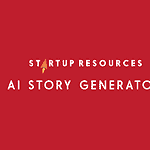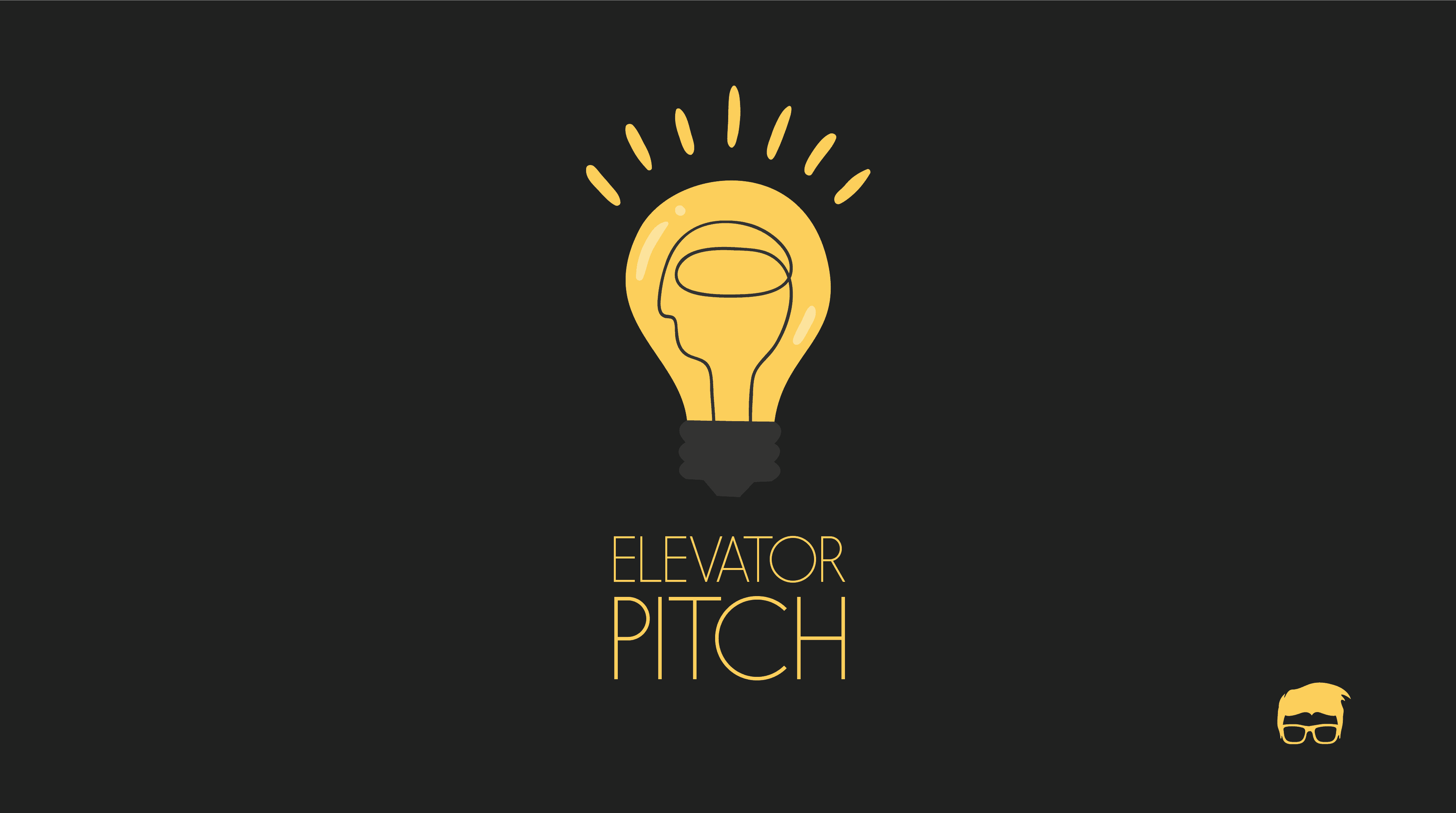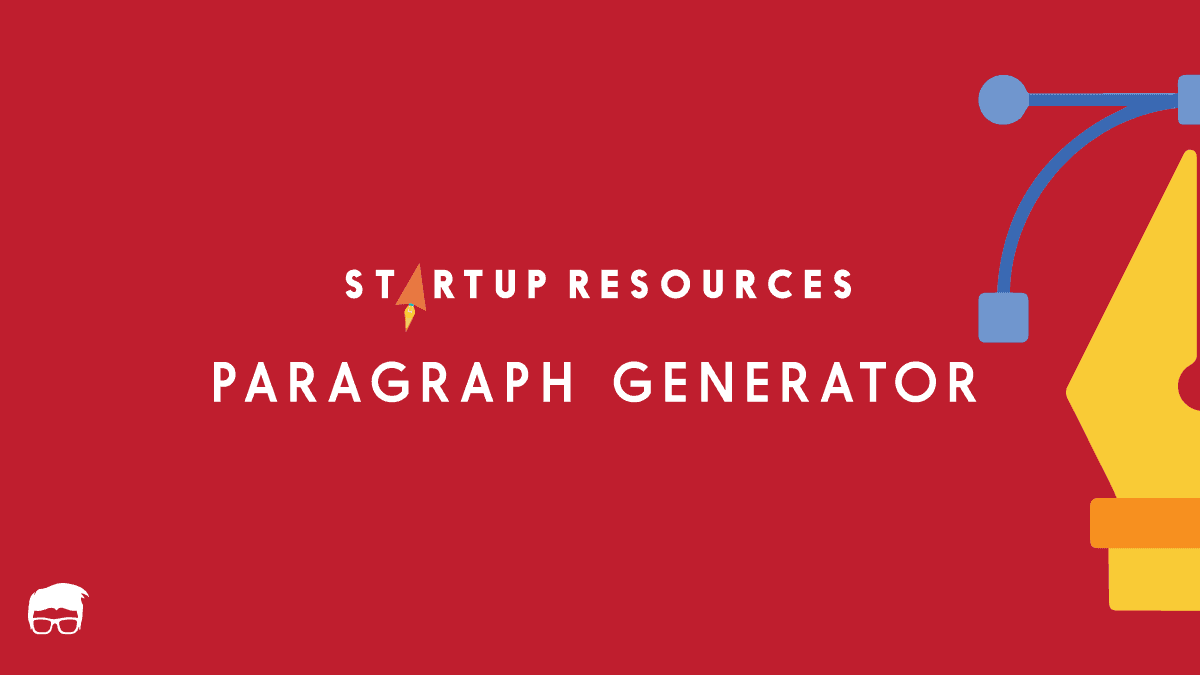AI is everywhere. Many call it slop, while others call it a tool to improve productivity. But what if AI takes its part in bookwriting? What if one of the most human form of sharing stories, thoughts, and emotions use AI to assist, not replace, its writer?
I mean it does sound a bit strange, right? Like mixing oil and water. But think about it, what if AI could handle the tedious parts of writing, leaving you, the author, free to focus on the truly creative stuff – the heart of your story.
Many people are already doing it and making a lot of money. According to statistics, nearly 68% of publishers believe AI will significantly enhance content creation.
What’s more, 30% of them are already using AI tools specifically for making content.
This isn’t just a fleeting trend. The writing world is undergoing significant changes, and AI plays a substantial role in this transformation. Here’s how you can use AI to make your book writing easier, faster, and maybe even better.
But first –
Why Use AI to Write Your Book?
Let’s talk about the you, the author, first.
Why does anyone write a book?
To share a message, right?
To entertain, to teach, to inspire. That’s the core. And AI, believe it or not, can help you get that message out there more effectively.
When we consider the end user, they purchase books for various reasons, with entertainment being a major one. They want a good story, well told. AI can help you deliver just that.
And it’s not that you lose your creative voice when you use AI. No, not at all. Think of AI as a powerful assistant, not a replacement.
The AI writing tool market, estimated at $2 billion in 2025, is expanding rapidly, with a projected annual growth rate of 27%.
Now, you’re probably wondering –
“But won’t I lose my unique voice if I let a machine help me write?”
This is a common worry. It’s like worrying a powerful calculator will make you bad at math. It won’t. It just handles the busy work.
Think about it this way. When you drive a car, you don’t build the engine yourself, do you? You use a tool, the car, to get where you need to go faster and more efficiently. AI in writing works similarly. It’s a tool to get your story from your brain to the page with less friction.
Step 1: Prerequisites Before Writing Your AI-Powered Book
Let’s divide the first step itself into three subsections –
- Understanding AI Capabilities and Limitations
- Defining Your Book’s Purpose and Target Audience
- Legal and Ethical Considerations When Using AI
Understanding AI Capabilities and Limitations
Before you even think about using AI to write, you need to understand two crucial things –
- The limitations of humans, and
- The limitations of AI.
Let’s talk about the human side first.
What are we good at, really? We excel in creativity, empathy, and nuanced understanding.
Think about it, a human writer can imbue a story with subtle emotions, complex motivations, and unique perspectives that resonate deeply with readers.
We understand the human condition, its joys and sorrows, its triumphs and failures. We can tell a story that truly connects.
This is our superpower, something AI struggles with.
However, we also have our drawbacks. We get tired. We have writer’s block. Sometimes, the words just don’t flow. We can spend hours staring at a blank page, feeling frustrated and unproductive.
This is where AI shines, picking up the slack.
Now, what about AI’s limitations?
AI is fantastic at processing vast amounts of information and identifying patterns. It can generate text quickly, far faster than any human. It doesn’t get tired. It doesn’t have writer’s block.
But here’s the key, it lacks true understanding. It doesn’t “feel” anything. It can’t truly create something novel in the way a human can. Its creativity is derivative, based on the data it has been trained on.
It can mix and match existing ideas, but it can’t birth a completely new concept from thin air.
It also struggles with nuance, especially emotional nuance. It might generate dialogue that sounds technically correct but feels hollow, lacking genuine human emotion. This is why you, the human author, are indispensable. You bring the soul, the depth, the original spark.
Besides this, AI cannot:
- Truly understand context beyond what it’s been fed,
- Read your mind,
- Grasp the subtle shifts in tone that make human conversation so rich.
It can’t anticipate your next brilliant plot twist. It just churns out words based on statistical probabilities.
So, how do we make the most of this? We blend the best of both worlds. You, the human, provide the vision, the heart, the unique perspective. AI becomes your tireless assistant, handling the heavy lifting of drafting, researching, and organising. It’s a partnership, not a replacement.
Think of it this way: you are the architect, designing a magnificent building. AI is the skilled construction crew, laying bricks precisely and efficiently. Without the architect, the crew builds nothing meaningful. Without the crew, the architect’s vision remains just a drawing.
Defining Your Book’s Purpose and Target Audience
Now, since you know the strengths and weaknesses of both human and AI, let’s get practical. Before you even think about writing, you need a clear purpose for your book. Why are you writing it? What problem does it solve? Who is it for? These aren’t abstract questions. They are fundamental to your book’s success.
Consider this: when building a house, you don’t just start hammering nails. You decide if it’s a cozy cottage or a sprawling mansion. You figure out who will live there, a family with kids or a single person. Your book is no different. You need a blueprint. This blueprint starts with purpose and audience.
So, let’s nail down your book’s purpose. Is it to inform, to entertain, to persuade, or to inspire?
Maybe it’s a mix.
Next up, your target audience. Who are these people? Are they beginners looking for a simple introduction? Are they experts seeking advanced insights? What are their existing beliefs? What challenges do they face?
Understanding your audience helps you tailor your language, examples, and even your humour. Imagine trying to explain quantum physics to a five-year-old versus a college professor.
Different words, right?
The same applies to your book. The more you know about your reader, the better you can connect with them.
You might even create a reader persona. Give them a name, an age, a job. What do they do for fun? What keeps them up at night? The more detailed your persona, the easier it becomes to write directly to them. This isn’t just an exercise, it makes your writing far more effective and personal. Not just for you but for your AI twin too.
Legal and Ethical Considerations When Using AI
A very important consideration when using AI tools for writing is the legal and ethical landscape. It’s a new frontier, and rules are still forming. But a few things are clear.
- First, copyright. Who owns the words generated by an AI? This is a hot topic. Generally, in 2025, the creator who prompts and guides the AI is considered the author. However, this isn’t always straightforward, especially if the AI uses copyrighted material in its training data. Always be aware of potential legal challenges, especially if your book relies heavily on AI-generated content without significant human input or transformation.
- Second, transparency. Should you tell your readers that you used AI to help write your book? Many argue for full disclosure.It builds trust. Others believe it’s a tool, like a spell checker, and doesn’t need mentioning. The general consensus, especially for published works, leans towards transparency. It is simply good practice.
- Third, data privacy. When you feed information into an AI, what happens to it? Does the AI learn from it? Is it stored? Can others access it? Always consider the privacy implications. The use of AI tools, especially generative AI, is expanding rapidly, with the global generative AI in content creation market alone estimated at USD 21.68 billion in 2025 and projected to reach USD 69.16 billion by 2029. This growth, while exciting, brings heightened concerns about data privacy.
Step 2: Essential AI Writing and Publishing Tools You’ll Need
Okay, so you’ve thought about the ethics, the transparency, and the privacy. Now, how do you actually get started? What tools do you need?
Let’s divide the tools into two parts –
- Tools that help: The ones that stand tall, the workhorses of your writing process. These are the tools that directly help you generate text, brainstorm ideas, or refine your prose. Think of them as your primary creative partners.
- Tools that automate: The ones that work quietly but take care of the repetitive tasks. These tools handle tasks such as formatting, proofreading, and even marketing aspects, freeing you up to focus on the writing itself. They are your efficiency boosters.
AI Text Generators and Writing Assistants
You have several choices here. Each has its strengths and weaknesses, much like different types of pens for an artist. Some are better suited for short bursts of text, while others are more suitable for longer, more complex pieces.
First, you have the large language models, the big players. Think of ChatGPT, Google’s Gemini, or Anthropic’s Claude. These are like multi-purpose Swiss Army knives. They can generate text on almost any topic, in various styles, and even help with brainstorming or outlining. They are incredibly versatile. You type in a prompt, and it gives you text back. Simple as that. The quality, however, depends heavily on your prompt, so learning how to talk to these AIs effectively is a skill in itself.
Then there are specialised AI writing tools.
Think of Sudowrite, Jasper, Copy.ai, or Writesonic.
These aren’t generalists, they’re more like precision instruments. They excel at specific tasks, such as generating ad copy, blog post outlines, or entire email sequences. Their interfaces are often tailored for these purposes, making them quicker to use for certain jobs.
These tools often come with built-in templates. Templates, you see, are like pre-filled forms. You just plug in your details. This saves a ton of time.
I’d suggest using Sudowrite if you’re writing fiction, especially if you’re looking for an AI writing partner geared towards creative storytelling.
Sudowrite is explicitly built for fiction authors, helping with tasks such as drafting scenes, developing characters, and overcoming writer’s block. It can analyse your characters, tone, and plot to generate new content, even offering choices if you’re not satisfied with the initial result. The best part is how it copies your voice and writing style after being given a 2000-word example.
If you’re not using such specified tools, I’d suggest building one that runs on solid prompting and learns how you write.
Editing and Proofreading Tools
While you can have an agentic AI system edit your work, sometimes a simpler tool is all you need. Grammarly, for instance, is a classic. It catches typos, grammar mistakes, and even suggests improvements for clarity and conciseness. It’s like having a meticulous copy editor looking over your shoulder, but without the judgment.
Another option is ProWritingAid. It goes deeper than just grammar checks. This tool offers detailed reports on readability, repetitive wording, overuse of certain phrases, and even helps identify areas where your writing might be weak. Think of it as a writing coach, pointing out where you can make your prose stronger.
These tools are not just for catching mistakes. They help you become a better writer over time. They highlight patterns in your errors and give you a chance to learn from them. It’s like getting personalised feedback on every piece you write.
Cover Design and Formatting Software
While even ChatGPT now has some basic image generation capabilities, dedicated tools are far better for professional cover design. Canva, for example, is incredibly user-friendly. It offers thousands of templates, fonts, and stock images. You can drag and drop elements, change colors, and create visually appealing covers even if you have no design experience. It’s like having a graphic designer’s toolkit without needing to be a designer yourself.
For more advanced users or those seeking complete control, Adobe InDesign is the industry standard. It’s a powerful program for page layout and desktop publishing. While it has a steeper learning curve, it allows for intricate designs and precise formatting. Think of it as the ultimate canvas for your book’s interior and exterior.
Step 3: How to Use AI to Write Your Book
Now comes the fun part, actually putting these tools to work. You’ve got your ideas (let’s say from any of the book apps or writing prompt subreddits), your outlines, and your AI sidekicks ready. So, how do you weave them all together to create a compelling book?
Generating Ideas and Outlining Your Book
It starts with prompting, and an LLM will be your best friend through this process. Think of prompting as having a conversation with a highly intelligent, but very literal, assistant. The clearer and more specific your instructions, the better the output will be.
Don’t just say, “give me five ideas for a fantasy novel.” That’s too vague. You’ll get generic responses. Instead, try something like, “Generate five unique plot ideas for a dark fantasy novel set in a post-apocalyptic world where magic has just returned, and the main character is a former soldier seeking redemption.” See the difference; you provided context, constraints, and a clear goal.
You can even go deeper and use a prompt generator to generate more detailed framework-oriented technical prompts.
Writing Chapter Drafts with AI Assistance
Once you’ve nailed down your outline, the real writing begins. Here’s where AI truly shines.
You don’t ask it to write an entire chapter at once. That’s a recipe for disaster.
Think of it more like a writing partner. You feed it chunks, paragraphs, or even just sentences, and it helps you expand on them.
For example, if you’re using ChatGPT, you could prompt, “Expand on this scene where the hero first enters the abandoned city. Describe the atmosphere, the sounds, and the feeling of desolation.” Ensure that before clicking ‘send’, you provide a few examples of your previous writing so that AI understands how you write (it’s critically important).
The AI will then generate text based on your prompt.
Your job now isn’t to accept it wholesale. It’s to edit, refine, and inject your unique voice. You’re the director, the AI is your crew.
Ensuring Consistent Voice and Style
This raises a crucial point: maintaining your unique voice.
In 2025, AI writing tools are more advanced than ever, but they still need your guidance. Think of it like this, AI can learn from your existing work. You can feed it samples of your writing. This helps the AI understand your specific style, tone, and even your quirks. It’s like teaching a new apprentice your trade, showing them how you like things done.
This helps the AI understand your specific style, tone, and even your quirks. It’s like teaching a new apprentice your trade, showing them how you like things done.
You might be wondering, “How much of my writing should I feed it?” Well, it depends. Some tools, like Jasper, even let you create “Brand Voices” by analysing your content, ensuring the AI’s output matches your unique style. Others, such as Copy.ai, offer customisable tone and style options to align with your brand’s voice. The goal is to provide enough examples so the AI “gets it,” truly understands your writing DNA. This isn’t about the AI replacing you. It’s about it becoming an extension of your own creative process.
Incorporating Research and Facts Accurately
AI can hallucinate almost 30-40% of the time. You should not rely on it for factual accuracy without double-checking. Always verify information generated by AI, especially when dealing with statistics, dates, or technical details. Think of the AI as a very fast researcher, but one that sometimes fabricates sources.
Your job is the fact-checker.
For instance, if you’re writing an article about, say, the history of flight, and the AI spits out a date for the Wright brothers’ first flight, you absolutely must confirm that date with a reliable source.
Don’t just trust it.
This is where your human expertise becomes invaluable. You know what sounds right, and more importantly, you know what needs checking.
Step 4: Editing and Refining Your AI-Generated Manuscript
Once the AI has done its initial pass, your real work begins. This is where you transform raw AI output into polished, human-quality content.
It’s like sculpting; the AI gives you the block of marble, but you carve out the masterpiece.
Start with a thorough read-through. Don’t just skim.
Read every word, every sentence, as if it were written by someone else. Look for awkward phrasing, repetitive sentences, or any instances where the AI’s logic may have gone astray.
Sometimes, the AI can be a bit verbose, using too many words to say something simple. Your job is to trim the fat, making the text concise and impactful.
Pay close attention to flow and coherence. Does the narrative progress logically? Are transitions smooth?
Here’s a brief SOP you can follow –
- Read the entire text aloud. Seriously, do it. Reading out loud forces you to slow down and hear how the words flow together. You will catch clunky sentences or awkward phrasing that your eyes might miss.
- Check for consistency in tone and style. Did the AI maintain the voice you intended throughout the piece? Sometimes, it can drift, especially in longer texts. You need to pull it back in line, ensuring a consistent feel from beginning to end.
- Look for redundancies. AI models can sometimes repeat ideas or phrases. Your job is to spot these repetitions and consolidate them, making the text tighter and more engaging.
- Enhance readability. Break up long paragraphs. Use shorter sentences. Introduce bullet points or numbered lists when appropriate. Remember, easy to read is easy to understand.
After you have addressed these points, consider the human element.
Does the text resonate? Does it sound natural, like a person wrote it, not a machine?
ou need to ensure it has that human touch, that spark that makes content truly engaging.
Think about your target audience. Would they understand this? Is it appealing to them? It’s not enough for the words to be correct; they also need to connect with the reader.
Finally, a fresh pair of eyes can be incredibly helpful. If possible, have someone else read your edited manuscript. They might spot errors or areas for improvement that you, having spent so much time with the text, have overlooked. It’s like having a second opinion on a critical decision.
And that’s it.
Once you’ve gone through these steps, you’re ready to publish. This process, while seemingly detailed, ensures your AI-generated content is top-notch. It transforms raw output into polished, professional material.
A startup consultant, digital marketer, traveller, and philomath. Aashish has worked with over 20 startups and successfully helped them ideate, raise money, and succeed. When not working, he can be found hiking, camping, and stargazing.



![How To Make An Explainer Video [Detailed Guide] explainer video](https://www.feedough.com/wp-content/uploads/2023/05/explainer-video-150x150.webp)





